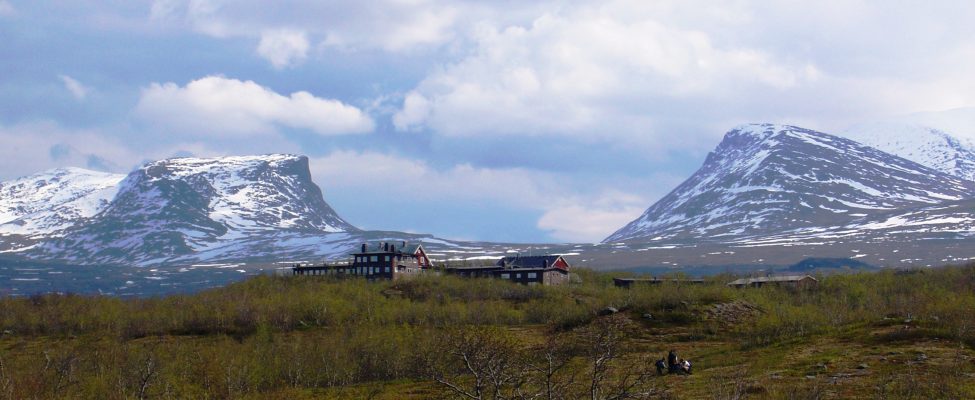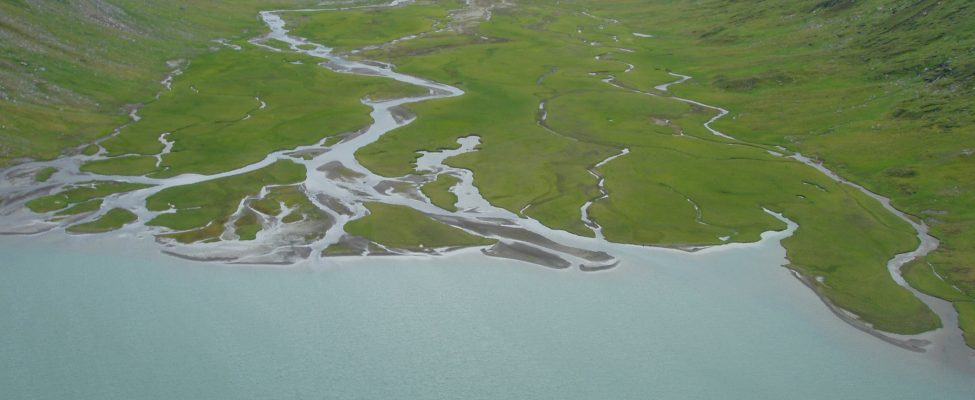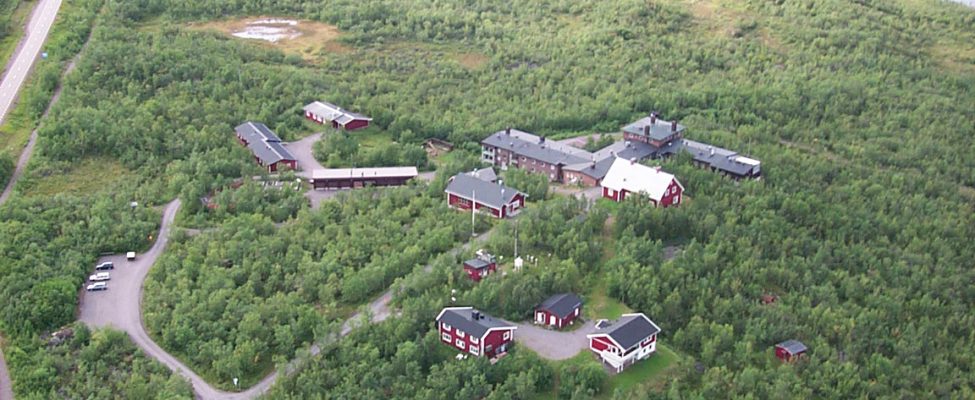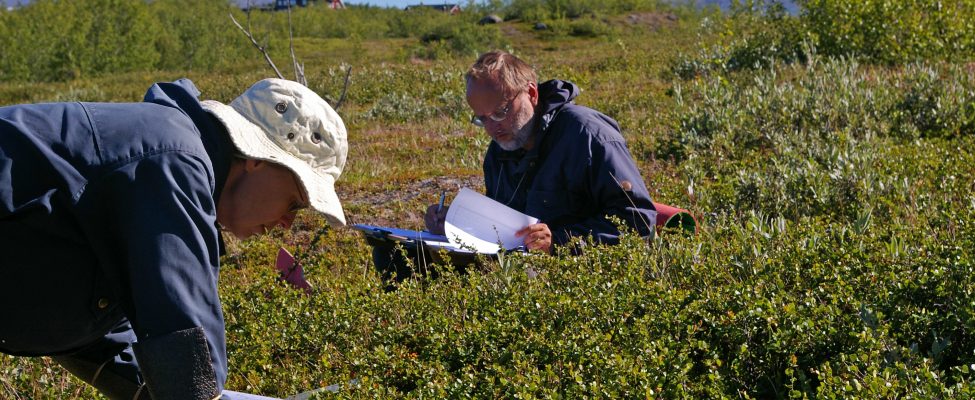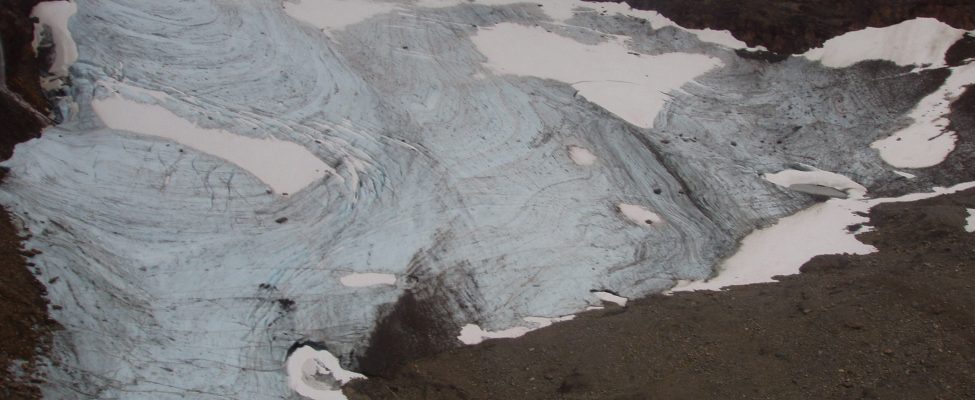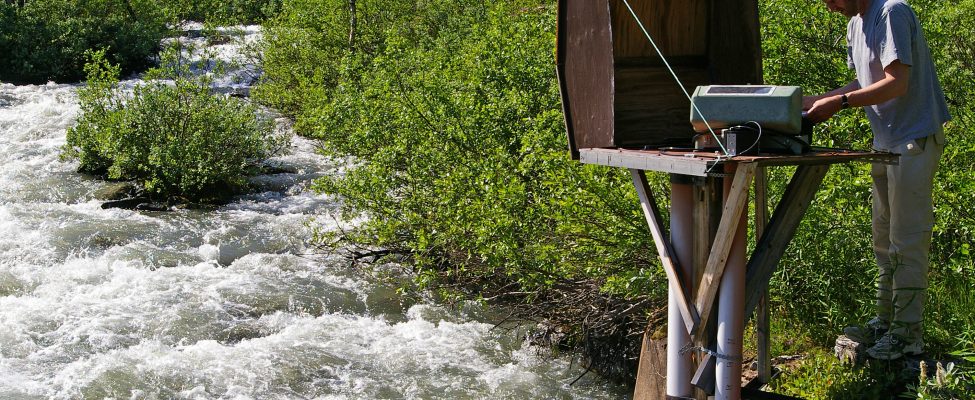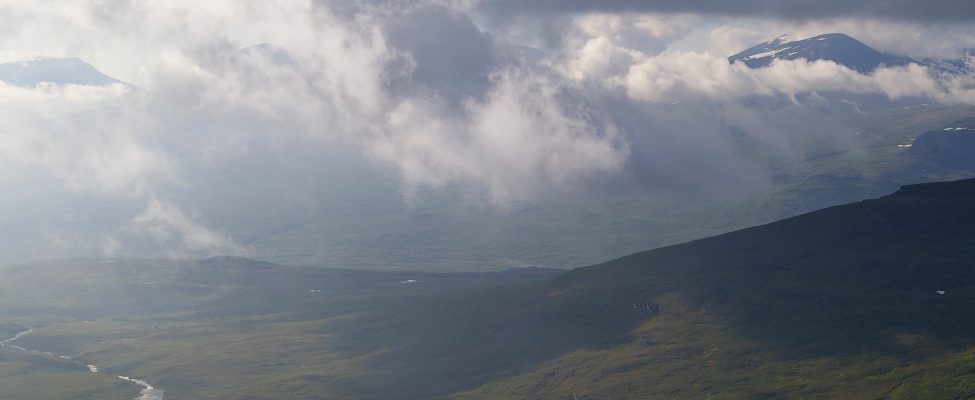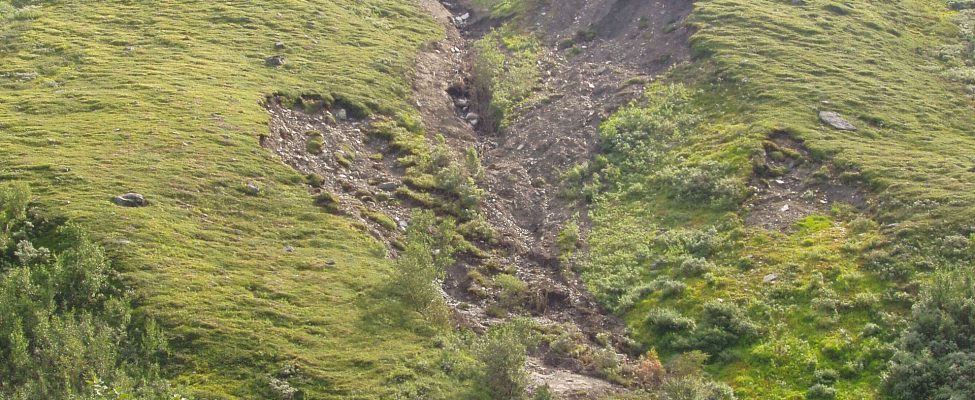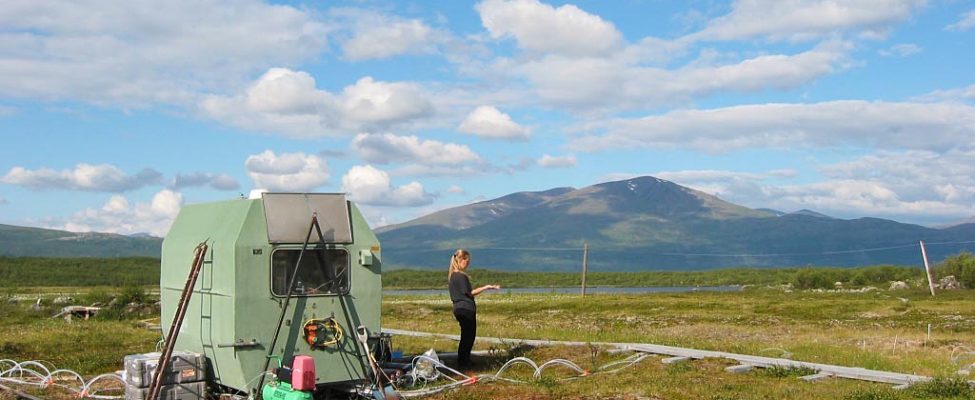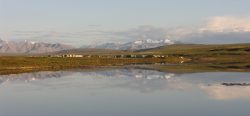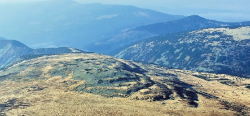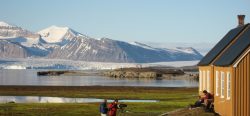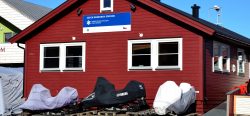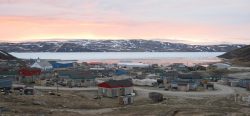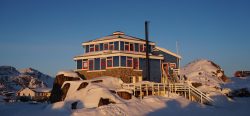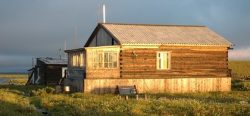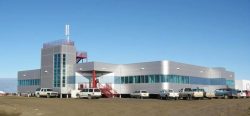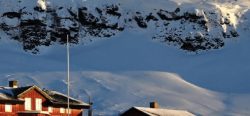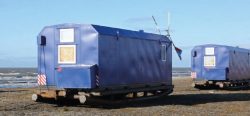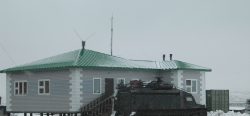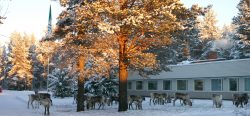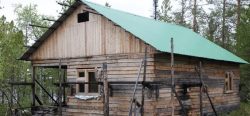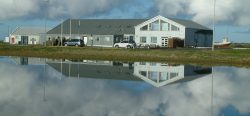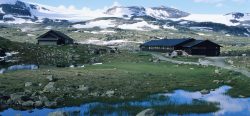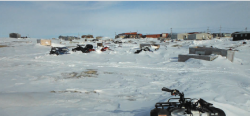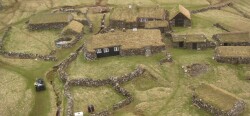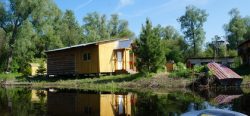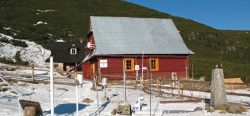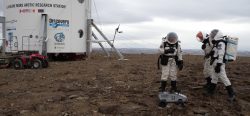Contact Details
S- 981 07 Abisko
Sweden
- Phone: +46-70-639 8004
- Fax: +46 (0)980 401 71
STATION NAME AND OWNER
The Abisko Scientific Research Station is owned by the Swedish Polar Research Secretariat.
LOCATION
The station is located about 200 km north of the Arctic CircleA line of latitude currently at 66° 33? 44? (66.5622°) north of the Equator. It is the southern limit of the region of the Earth that experiences the 'midnight sun'.... More and approximately 385 m a.s.l., on the south shore of the lake Torneträsk. It is situated in a 46-hectare nature reserve bordering the Abisko National Park, which covers 75 km2. The station is located in birch forest and the nearby area offers a great variety in topography, geomorphology, geologyThe study of the solid Earth, rocks and processes by which rocks form. 'Geo' is derived from the Greek word for Earth.... More, and climateThe average weather we would expect over a long period of time (seasons, years, decades). Climate varies from place-to-place across the Earth. Climate is determined by long-term (over at least... More, as well as flora and faunaThe animals that live in a particular region, habitat or time (such as geological period like the jurassic). For plants, we use the term flora, and to collectively refer to all... More. The highest mountain in the area reaches 1991 m a.s.l.
BIODIVERSITY AND NATURAL ENVIRONMENT
The average annual temperature is approximately 0°C. Annual precipitation for the lake varies greatly over an east west gradient with 1000 mm in the west to 400 mm in the east. Mean annual temperature and the length of the growing season have been increasing over the last decades. The vegetation is extremely varied, ranging from the simple communities that follow retreating glaciers to more complex mountain birch forest ecosystems. About 40% of the surroundings are above the treeline. The area is sparsely populated and land use is minimal being dominated by reindeer husbandry, hunting, fishing, tourism, and research.
HISTORY AND FACILITIES
The Abisko Scientific Research Station was established in 1913. The station can host almost 80 visitors. Accommodation is available in 28 double rooms and seven 4-bed-rooms. In addition, there are also laboratories, offices, workshops and lecture theaters. Meals are either prepared by the visiting scientists themselves in one of the self-catering kitchens available at the station or, during the tourist season, obtainable at tourist hotels and guest houses within 15 minutes walk. In the nearby village Abisko there is a equipped grocery store.
GENERAL RESEARCH AND DATABASES
Research focuses on climate changeAccording to the United Nations Framework Convention on Climate Change, climate change is change in the climate of the whole Earth or a region of the Earth that is believed... More, biogeochemical processes, ecologyThe study of living organisms in their environment, including where they are found and how they interact with their physical environment and with each other, for example through food webs.... More, geomorphology, and meteorologyThe scientific study of the atmosphere and its phenomena, especially in relation to weather and weather forecasting.... More. Climate changeAccording to the United Nations Framework Convention on Climate Change, climate change is change in the climate of the whole Earth or a region of the Earth that is believed... More studies are in many cases overarching, in that its effects on various fields are investigated. Biogeochemical processes can be both overarching and very specific, e.g. how the actions of earthworms can lead to release of pollutants. The main objectives of the ecological studies are the dynamics of plant populations, identification of the controlling factors at species latitudinal and altitudinal limits, understanding of ecosystemAll the living organisms (including people) in an area as well as its physical environment, functioning together as a unit. An ecosystem is made up of plants, animals, microorganisms, soil,... More structure and function, and prediction of impacts of global environmental change. The meteorological projects deal with recent Climate ChangeAccording to the United Nations Framework Convention on Climate Change, climate change is change in the climate of the whole Earth or a region of the Earth that is believed... More in the region and local variations in the micro climateThe average weather we would expect over a long period of time (seasons, years, decades). Climate varies from place-to-place across the Earth. Climate is determined by long-term (over at least... More. The geomorphology research focuses on the mass-wasting of mountains and sediment transport. Existing databases includes bibliography of publications arising from research at the station, climateThe average weather we would expect over a long period of time (seasons, years, decades). Climate varies from place-to-place across the Earth. Climate is determined by long-term (over at least... More records, and various biological and physical parameters.
HUMAN DIMENSION
The nearest settlement is the village Abisko which lies about 1 km from the station. The main occupations of the approximately 180 inhabitants are within tourism, transports, and trade. In Abisko there is also both a kinder garden and a school up to the ninth grade. There are a number of tourist hotels in the area, providing a base for both summer and winter tourism. The area is also inhabited by the Sami people who use the area for reindeer husbandry.
ACCESS
The Abisko Scientific Research Station is easily accessible by train, car, bus, and air. There are direct trains from the Swedish capital Stockholm to Abisko. The closest railway station is situated less than 1 km away. The research station is located just along the main road between Kiruna (Sweden) and Narvik (Norway). Both in Kiruna (100 km away) and Narvik (75 km away) there are airports with several daily flight connections to Oslo and Stockholm. During the tourist season there are bus connections from Kiruna airport to Abisko.
